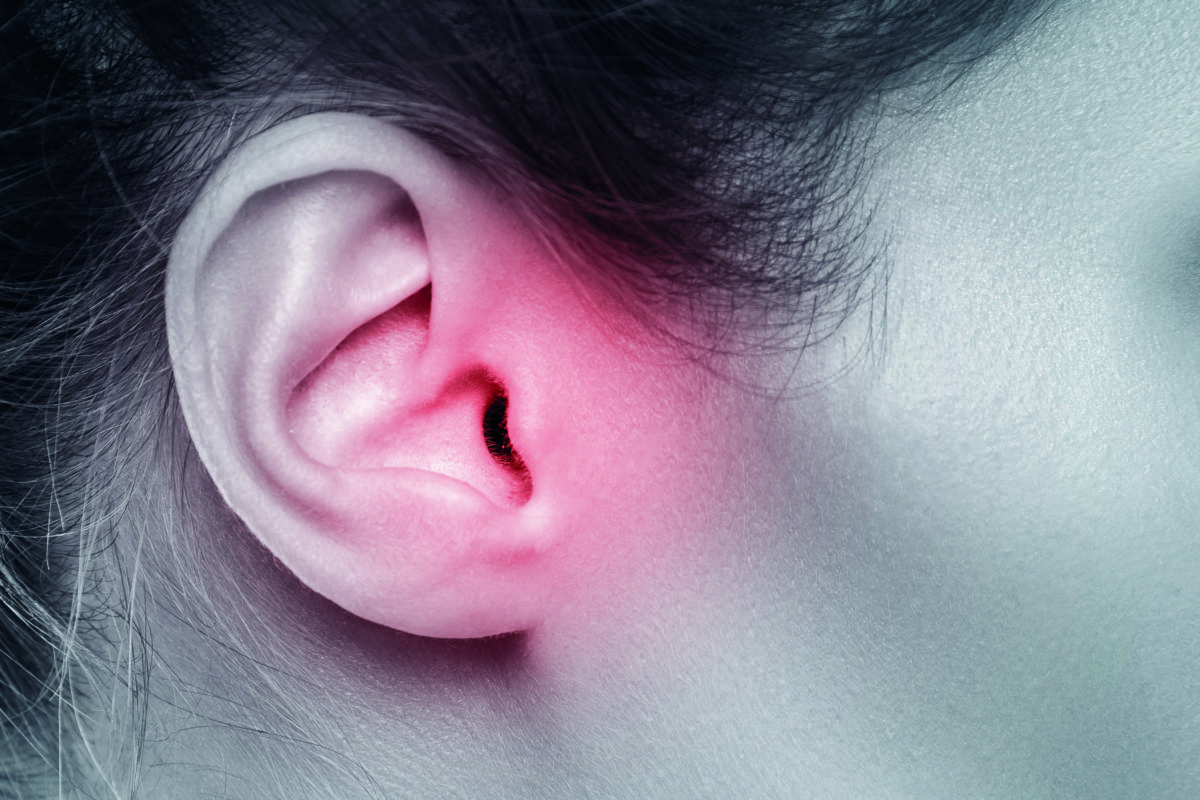Despite producing irritability, difficulty sleeping, and, at times, hearing problems, ear infections are so often unnecessarily prolonged. Tap into the latest information, and help patients react accordingly to both their pain and any risks posed.
Whether it’s due to the impact of modernity – and the faith in all internet-based medical information which has derived from it – or the fact that we’re part of a population with a longer life-expectancy, when it comes to health issues, individuals’ misplaced sense of invincibility often results in their reluctance to follow up ailments appropriately. Ear-related difficulties especially seems to be an area which goes overlooked – in which sufferers’ refusal to ‘inconvenience’ the health service transitions into sheer ignorance.
It’s time to make a change. Healthcare professionals attain responsibility in not only educating their patients about the potential implications of ear pain, but in ensuring that their own knowledge is up-to-date too.
Who’s Susceptible?
While attention is principally drawn to the causes of ear infections, perhaps there’s an unforeseen link which has simply gone unknown – such as a gene. In fact, researchers at the University of Colorado Anschutz Medical Campus have detected multiple genetic variants within the FUT2 gene that makes some people especially susceptible to middle ear infections.
Very common in the younger generation, middle ear infections are a source of great discomfort – a point reiterated by the study’s lead author, Regie Santos-Cortez, MD, PhD, Associate Professor of Otolaryngology at the University of Colorado School of Medicine, who explained, ‘By the time they are one-year-old, around half have fever, ear pain, or pus / fluid in the middle ear due to infection. Some of these infections may recur or become chronic thus requiring surgery.’
The FUT2 gene is expressed in the salivary gland, colon, and lungs, and while its expression in the middle ear has not been depicted previously, its role was revealed by initially examining DNA samples from 609 multi-ethnic families with the condition.
‘A number of things predispose people to getting these infections, including a lack of vaccinations, lack of breastfeeding, and being around smoking caregivers,’ further explained Regie Santos-Cortez.
Essentially, possessing the genetic variants prompts a much higher chance of getting the infection, in that – according to the study – the gene modifies the microbiome of the middle ear in a way that makes it more susceptible to infection by specific bacteria.
To Sea or Not to Sea?
As summer descends, sun-seekers are urged to carry out a series of precautions – but once again, ear health frequently drops off the radar.
With swimming being a summer activity of choice for many people, much care needs to be taken – especially as a large-scale research analysis led by the University of Exeter Medical School in collaboration with the Centre for Ecology and Hydrology showcased that spending time in the sea doubled the odds of developing general ear ailments, and the odds of reporting earache specifically rose by 77 per cent.
Despite significant investment resulting in an improvement in water quality in recent years, seawater is still polluted from sources, including industrial waste, sewage, and run-off from farmland.
So, where do we go from here in terms of the advice we provide to patients? Dr Will Gaze, of the University of Exeter Medical School, who supervised the research, has offered an insight, saying, ‘We don’t want to deter people from going into the sea, which has many health benefits, such as improving physical fitness, wellbeing, and connecting with nature.
‘However, it is important that people are aware of the risks so they can make informed decisions. Although most people will recover from infections with no medical treatment, they can prove more serious for vulnerable people, such as the very old or very young, or those with pre-existing health conditions. We have come a long way in terms of cleaning up our waters, but our evidence shows there is still work to be done. We hope this research will contribute to further efforts to clean up our coastal waters.’








